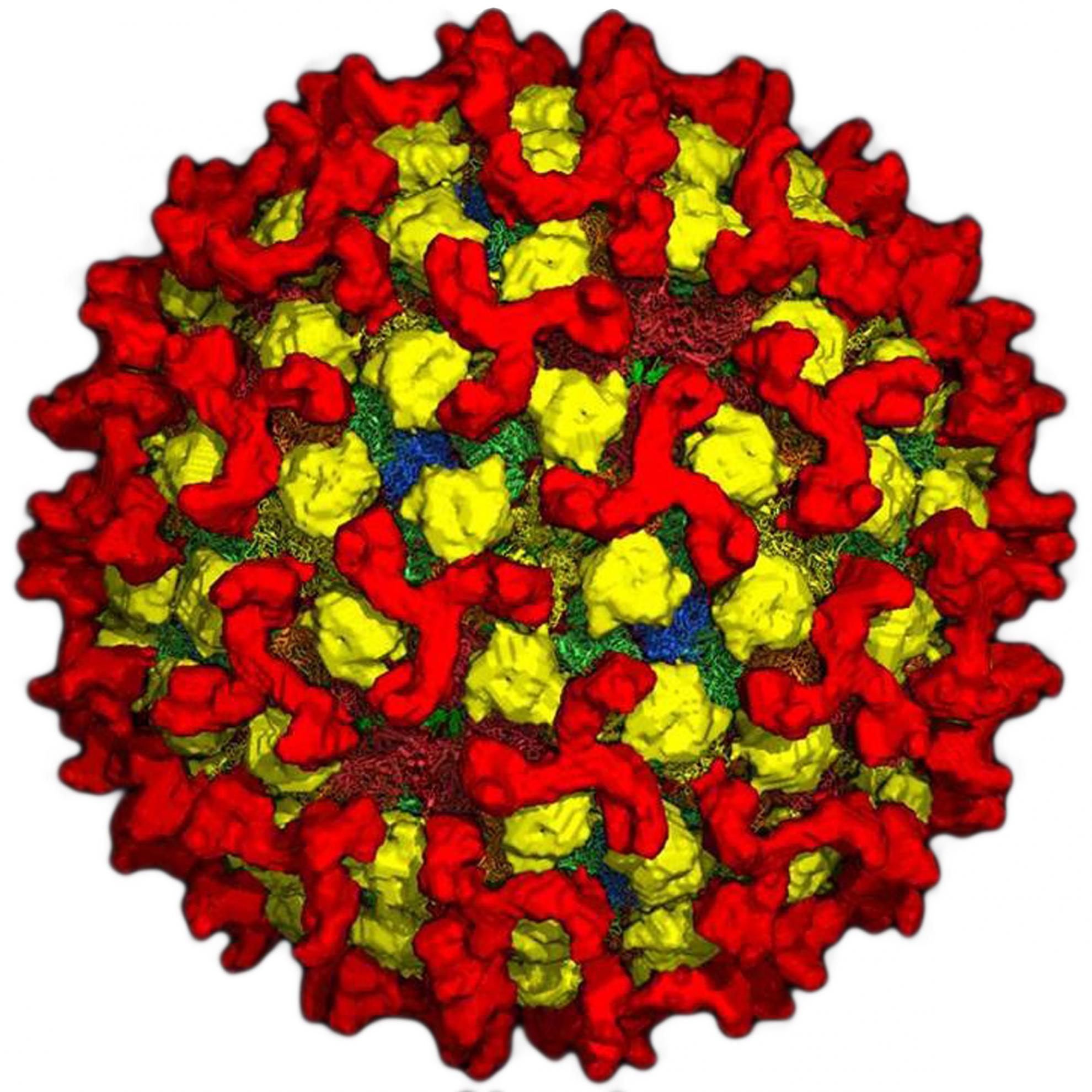Susceptibility of white-tailed deer (Odocoileus virginianus) to experimental infection with epizootic hemorrhagic disease virus serotype 7
During the fall of 2006, in Israel, epizootic hemorrhagic disease virus (EHDV) serotype 7 caused an intense and widespread epizootic in domestic cattle that resulted in significant economic losses for the dairy industry. The susceptibility of potential North American vector and ruminant hosts to infection with EHDV-7 is not known but is essential to understanding the potential for establishment of this exotic orbivirus in North America if it were introduced. Our primary objective was to determine whether white-tailed deer (WTD; Odocoileus virginianus) are susceptible to infection with EHDV-7. Six, 8-mo-old WTD were experimentally infected with EHDV-7, and all became infected and exhibited varying degrees of clinical disease. Clinical signs, clinicopathologic abnormalities, and postmortem findings were consistent with previous reports of orbiviral hemorrhagic disease (HD) in this species. Four of six animals died or were euthanized because of the severity of disease, one on postinoculation day (PID) 5 and the remaining WTD on PID 7. All deer had detectable viremia on PID 3, which peaked on PID 5 or 6 and persisted for as long as PID 46 in one animal. Deer surviving the acute phase of the disease seroconverted by PID 10. Based on the 67% mortality rate we observed, this strain of EHDV-7 is virulent in WTD, reaffirming their role as a sentinel species for the detection of endemic and nonendemic EHDV. Further, the observed disease was indistinguishable from previous reports of disease caused by North American EHDV and bluetongue virus serotypes, highlighting the importance of serotype-specific diagnostics during suspected HD outbreaks.
Back to publications
